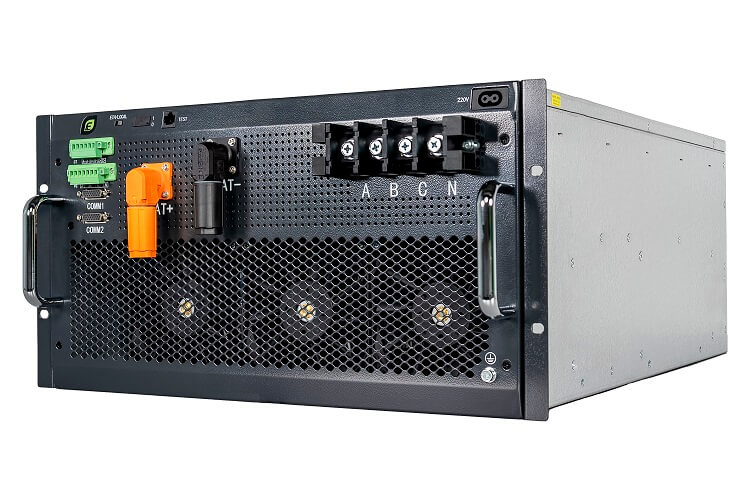As the demand for efficient energy storage solutions continues to grow, businesses and industries are seeking reliable Power Conversion Systems (PCS) to optimize their energy storage projects. One critical decision in this process is choosing between 3P3W (Three-Phase Three-Wire) and 3P4W (Three-Phase Four-Wire) AC-side configurations. In this article, we’ll explore the advantages, considerations, and real-world applications of each option.
Table of Contents
1. Understanding the Basics
3P3W (Three-Phase Three-Wire)
- Definition: A 3P3W system consists of three phases (A, B, C) and three wires (L1, L2, L3). It lacks a neutral wire.
- Application: Commonly used in industrial settings where balanced loads prevail (e.g., motor drives, pumps, and compressors).
- Advantages:
- Simplicity: Fewer wires reduce installation complexity.
- Cost-Effectiveness: No need for a neutral wire.
- Suitable for motor-driven loads.
3P4W (Three-Phase Four-Wire)
- Definition: A 3P4W system includes three phases (A, B, C) and four wires (L1, L2, L3, N). The neutral wire provides a return path for unbalanced loads.
- Application: Ideal for commercial buildings, data centers, and off-grid systems.
- Advantages:
- Balanced Loads: Supports both balanced and unbalanced loads.
- Safety: Provides a neutral wire for safety grounding.
- Compatibility: Aligns with standard electrical distribution systems.
2. Choosing the Right Configuration
Factors to Consider:
- Load Type: Assess whether your system primarily handles motor-driven loads (3P3W) or a combination of motor-driven and electronic loads (3P4W).
- Off-Grid Operation: When operating in off-grid mode or providing backup power to loads, 3P4W is essential to meet single-phase load requirements.
- Safety Requirements: If safety grounding is necessary (e.g., in commercial buildings), opt for 3P4W.
- Cost: 3P3W is cost-effective due to the absence of a neutral wire.
3. Achieving 3P4W Output
If your PCS cannot directly output 3P4W, consider adding Delta/Wye transformers to achieve the desired configuration.

4. Conclusion
Choosing between 3P3W and 3P4W depends on your specific project needs. Consider load types, application scenarios, safety, and compatibility. Whether you’re powering a factory floor or a bustling office, the right AC-side configuration ensures efficient energy utilization.
Remember, the right choice isn’t just about wires—it’s about selecting the optimal PCS for your application.
Related Reading
Designing High-Reliability, Low-Cost 500 kW/1000 kWh Energy Storage Systems
Enhancing Commercial Energy Storage Systems with Direct PCS-BMS Communication
Understanding Load Characteristics and Design Considerations for Commercial Energy Storage Systems
Hybrid ESS Energy Storage Systems: Unleashing Efficiency Through AC and DC Coupling
6 Essential Strategies for Choosing C&I BESS Energy Storage Battery Solutions
10 Essential Steps to Optimize Your C&I Energy Storage System ESS with the Right PCS
3 different topologies of energy storage systems ESS and their development history
